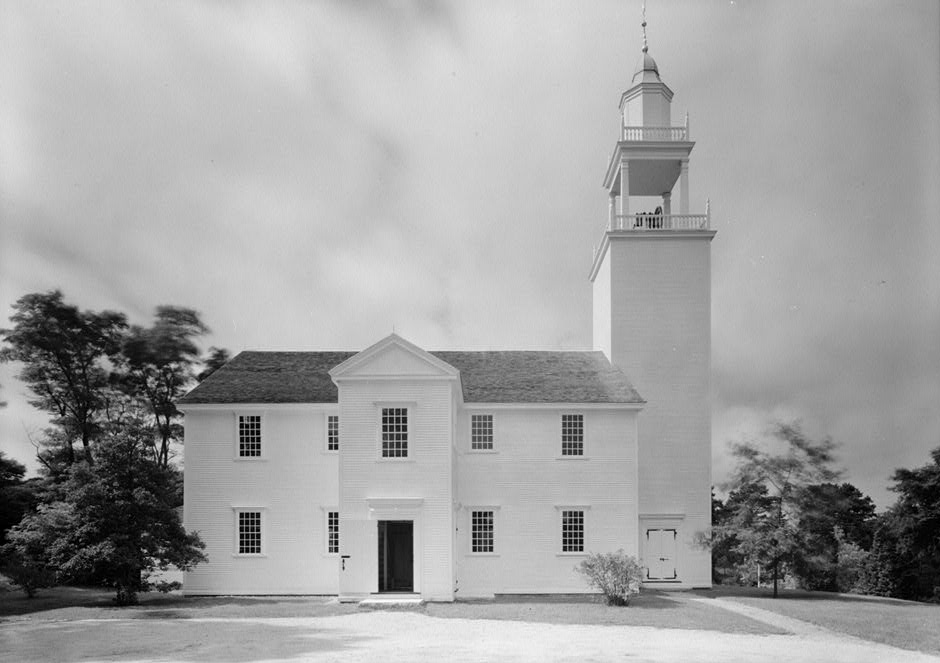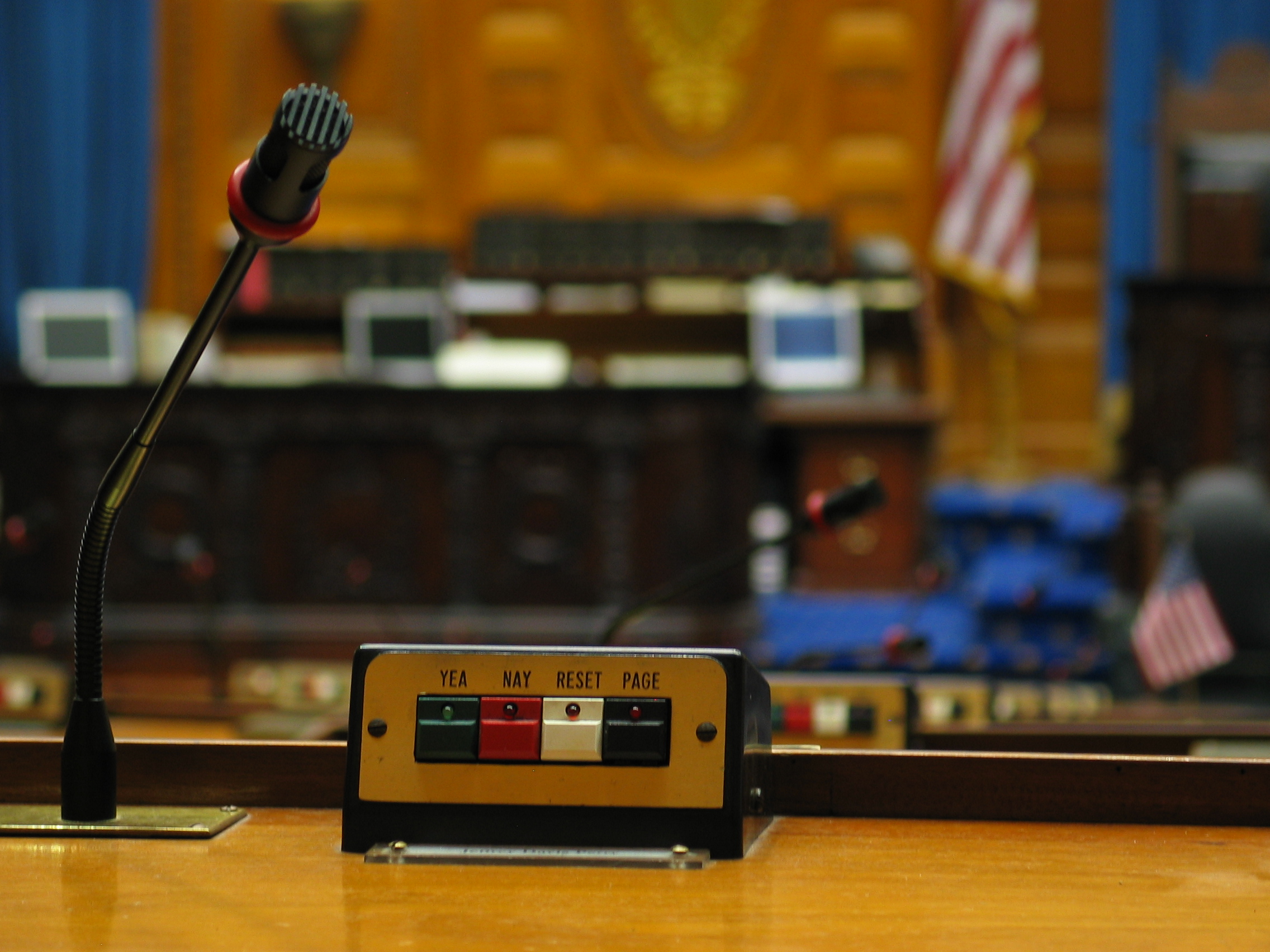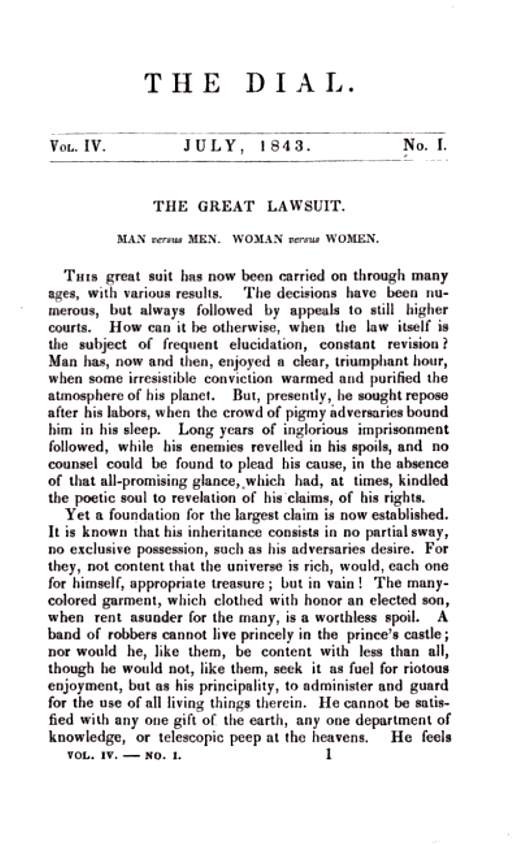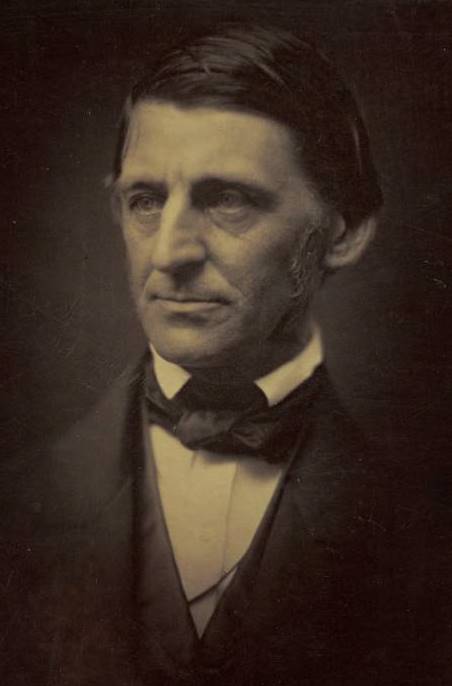|
William F. Sturgis
William Sturgis (February 25, 1782 – October 21, 1863) was a Boston merchant in the Old China Trade, China trade, the California hide trade and the maritime fur trade. Early life Sturgis was born in Barnstable, Massachusetts, to Hannah Mills and William E. Sturgis, a ship master and lineal descendant from Edward Sturgis of Yarmouth, Massachusetts, the first Sturgis in America (arrived 1630). In 1796, he joined the counting house of his uncle Russell Sturgis (1750–1826), Russell Sturgis (1750–1826), and less than two years later became connected with James and Thomas Handasyd Perkins' maritime fur trade between the Pacific Northwest coast and China. Their sister, Elizabeth Perkins, was the wife of Russell Sturgis. Upon his father's death in 1797, he went to sea to support the family as assistant trader on the ''Eliza'', then as First Mate, chief mate of ''Ulysses''. He then served under Captain Charles Derby on ''Caroline'' until Derby died and Sturgis took command. In ... [...More Info...] [...Related Items...] OR: [Wikipedia] [Google] [Baidu] |
Barnstable, Massachusetts
The Town of Barnstable ( ) is a town in the U.S. state of Massachusetts and the county seat of Barnstable County. Barnstable is the largest community, both in land area and population, on Cape Cod, and is one of thirteen Massachusetts municipalities that have been granted city forms of government by the Commonwealth of Massachusetts but wish to retain "the town of" in their official names. At the 2020 census it had a population of 48,916. The town contains several villages (one of which is also named Barnstable) within its boundaries. Its largest village, Hyannis, is the central business district of the county and home to Barnstable Municipal Airport, the airline hub of Cape Cod and the islands of Martha's Vineyard and Nantucket. Additionally, Barnstable is a 2007 winner of the All-America City Award. History Barnstable takes its name from the English town of Barnstaple, in the county of Devon. The first European to explore the area was Bartholomew Gosnold in 1602. It was s ... [...More Info...] [...Related Items...] OR: [Wikipedia] [Google] [Baidu] |
Theodore Lyman (merchant) (1874–1954), American physicist
{{hndis, Lyman, Theodore ...
Theodore Lyman may refer to: * Theodore B. Lyman (1815–1893), American bishop * Theodore Lyman II (1792–1849), American philanthropist, politician, and author * Theodore Lyman III (1833–1897), American natural scientist, military staff officer, and politician * Theodore Lyman IV Theodore Lyman IV (; November 23, 1874 – October 11, 1954) was a U.S. physicist and spectroscopist, born in Boston. He graduated from Harvard in 1897, from which he also received his Ph.D. in 1900. Career Lyman became an assistant professo ... [...More Info...] [...Related Items...] OR: [Wikipedia] [Google] [Baidu] |
Massachusetts House Of Representatives
The Massachusetts House of Representatives is the lower house of the Massachusetts General Court, the state legislature of the Commonwealth of Massachusetts. It is composed of 160 members elected from 14 counties each divided into single-member electoral districts across the Commonwealth. The House of Representatives convenes at the Massachusetts State House in Boston. Qualifications Any person seeking to get elected to the Massachusetts House of Representatives must meet the following qualifications: * Be at least eighteen years of age * Be a registered voter in Massachusetts * Be an inhabitant of the district for at least one year prior to election * Receive at least 150 signatures on nomination papers Representation Originally, representatives were apportioned by town. For the first 150 persons, one representative was granted, and this ratio increased as the population of the town increased. The largest membership of the House was 749 in 1812 (214 of these being from the D ... [...More Info...] [...Related Items...] OR: [Wikipedia] [Google] [Baidu] |
Boston Symphony Orchestra
The Boston Symphony Orchestra (BSO) is an American orchestra based in Boston, Massachusetts. It is the second-oldest of the five major American symphony orchestras commonly referred to as the " Big Five". Founded by Henry Lee Higginson in 1881, the BSO performs most of its concerts at Boston's Symphony Hall and in the summer performs at Tanglewood. Since its founding, the orchestra has had 17 music directors, including George Henschel, Serge Koussevitzky, Henri Rabaud, Pierre Monteux, Charles Munch, Erich Leinsdorf, William Steinberg and James Levine. Andris Nelsons is the current music director of the BSO. Seiji Ozawa has the title of BSO music director laureate. Bernard Haitink had held the title of principal guest conductor of the BSO from 1995 to 2004, then conductor emeritus until his death in 2021. The orchestra has made gramophone recordings since 1917 and has occasionally played on soundtrack recordings for films, including ''Schindler's List''. History Early year ... [...More Info...] [...Related Items...] OR: [Wikipedia] [Google] [Baidu] |
Tanglewood
Tanglewood is a music venue in the towns of Lenox and Stockbridge in the Berkshire Hills of western Massachusetts. It has been the summer home of the Boston Symphony Orchestra since 1937. Tanglewood is also home to three music schools: the Tanglewood Music Center, Days in the Arts and the Boston University Tanglewood Institute. Besides classical music, Tanglewood hosts the Festival of Contemporary Music, jazz and popular artists, concerts, and frequent appearances by James Taylor, John Williams, and the Boston Pops. First seasons, 1934 and 1935 The history of Tanglewood begins with a series of concerts held on August 23, 25 and 26, 1934 at the Interlaken estate of Daniel Hanna, about a mile from today’s festival site. A few months earlier, composer and conductor Henry Kimball Hadley had scouted the Berkshires for a site and support for his dream of establishing a seasonal classical music festival. He found an enthusiastic and capable patron in Gertrude Robinson Smith. ... [...More Info...] [...Related Items...] OR: [Wikipedia] [Google] [Baidu] |
The Dial
''The Dial'' was an American magazine published intermittently from 1840 to 1929. In its first form, from 1840 to 1844, it served as the chief publication of the Transcendentalists. From the 1880s to 1919 it was revived as a political review and literary criticism magazine. From 1920 to 1929 it was an influential outlet for modernist literature in English. Transcendentalist journal Members of the Hedge Club began talks for creating a vehicle for their essays and reviews in philosophy and religion in October 1839.Gura, Philip F. ''American Transcendentalism: A History''. New York: Hill and Wang, 2007: 128. Other influential journals, including the ''North American Review'' and the ''Christian Examiner'' refused to accept their work for publication. Orestes Brownson proposed utilizing his recently established periodical ''Boston Quarterly Review'' but members of the club decided a new publication was a better solution.Von Mehren, Joan. ''Minerva and the Muse: A Life of Margaret ... [...More Info...] [...Related Items...] OR: [Wikipedia] [Google] [Baidu] |
Transcendental Club
The Transcendental Club was a group of New England authors, philosophers, socialists, politicians and intellectuals of the early-to-mid-19th century which gave rise to Transcendentalism. Overview Frederic Henry Hedge, Ralph Waldo Emerson, George Ripley, and George Putnam (1807–1878; the Unitarian minister in Roxbury) met in Cambridge, Massachusetts on September 8, 1836, to discuss the formation of a new club; their first official meeting was held eleven days later at Ripley's house in Boston.Packer, Barbara L. ''The Transcendentalists''. Athens, Georgia: The University of Georgia Press, 2007: 47. Other members of the club included Amos Bronson Alcott, Orestes Brownson, Theodore Parker, Henry David Thoreau, William Henry Channing, James Freeman Clarke, Christopher Pearse Cranch, Convers Francis, Sylvester Judd, and Jones Very. Female members included Sophia Ripley, Margaret Fuller, Elizabeth Peabody, Ellen Sturgis Hooper, and Caroline Sturgis Tappan. Originally, the group we ... [...More Info...] [...Related Items...] OR: [Wikipedia] [Google] [Baidu] |
Caroline Sturgis Tappan
Caroline Sturgis Tappan (August 30, 1818 – October 20, 1888), commonly known as Caroline Sturgis, or "Cary" Sturgis, was an American Transcendentalist poet and artist. She is particularly known for her friendships and frequent correspondences with prominent American Transcendentalists, such as Margaret Fuller and Ralph Waldo Emerson. Sturgis published 25 poems in four different volumes of ''The Dial'', a Transcendental periodical. She also wrote and illustrated two books for children, ''Rainbows for Children'' (1847) and ''The Magician’s Show Box, and Other Stories'' (1856). Biography Caroline Sturgis was born in Boston, Massachusetts to the former Elizabeth Marsten Davis Sturgis, the second daughter of John Davis, a U.S. District Judge for the District of Massachusetts, and William Sturgis, a former sea captain who rose to become one of the wealthiest and most successful merchants in Boston. Caroline Sturgis was a middle child among six children, including William Watson (181 ... [...More Info...] [...Related Items...] OR: [Wikipedia] [Google] [Baidu] |
Marian Hooper Adams
Marian "Clover" Hooper Adams (September 13, 1843 – December 6, 1885) was an American socialite, active society hostess, arbiter of Washington, DC, and an accomplished amateur photographer. Clover, who has been cited as the inspiration for writer Henry James's ''Daisy Miller'' (1878) and ''The Portrait of a Lady'' (1881), was married to writer Henry Adams. After her suicide, he commissioned the famous Adams Memorial, which features an enigmatic androgynous bronze sculpture by Augustus Saint-Gaudens, to stand at the site of her, and his, grave. After Clover's death, Adams destroyed all the letters that she had ever written to him and rarely, if ever, spoke of her in public. She was also omitted from his ''The Education of Henry Adams''. However, in letters to her friend Anne Palmer Fell, he opened up about his 12 years of happiness with Clover and his difficulty in dealing with her loss. [...More Info...] [...Related Items...] OR: [Wikipedia] [Google] [Baidu] |
Transcendentalism
Transcendentalism is a philosophical movement that developed in the late 1820s and 1830s in New England. "Transcendentalism is an American literary, political, and philosophical movement of the early nineteenth century, centered around Ralph Waldo Emerson." A core belief is in the inherent goodness of people and nature, and while society and its institutions have corrupted the purity of the individual, people are at their best when truly "self-reliant" and independent. Transcendentalists saw divine experience inherent in the everyday, rather than believing in a distant heaven. Transcendentalists saw physical and spiritual phenomena as part of dynamic processes rather than discrete entities. Transcendentalism is one of the first philosophical currents that emerged in the United States;Coviello, Peter. "Transcendentalism" ''The Oxford Encyclopedia of American Literature''. Oxford University Press, 2004. ''Oxford Reference Online''. Web. 23 Oct. 2011 it is therefore a key early point ... [...More Info...] [...Related Items...] OR: [Wikipedia] [Google] [Baidu] |
Ellen Sturgis Hooper
Ellen Sturgis Hooper (February 17, 1812 – November 3, 1848) was an American poet. A member of the Transcendental Club, she was widely regarded as one of the most gifted poets among the New England Transcendentalists. Her work is occasionally reprinted in anthologies. She was, besides, sister of Caroline Sturgis Tappan, also a Transcendentalist and poet, as well as an acquaintance of William Ellery Channing, Margaret Fuller, Nathaniel Hawthorne, and Henry James, Sr.Biographical Note in thSturgis-Tappan Family Papers, 1812-1982 Five College Archives & Manuscript Collection, retrieved 22 July 2008 Biography Ellen Sturgis was born in Boston, Massachusetts, the daughter of William Sturgis and Elizabeth M. Davis. Her father was a wealthy Boston merchant. Her mother was an intelligent and independent woman who spent much time away from her husband, inspiring in her daughter the idea to seek self-fulfillment.de Rocher, Cecile Anne. "Ellen Sturgis Hooper (1812–1848)" in ''Writers of the ... [...More Info...] [...Related Items...] OR: [Wikipedia] [Google] [Baidu] |
John Murray Forbes
John Murray Forbes (February 23, 1813 – October 12, 1898) was an American railroad magnate, merchant, philanthropist and abolitionist. He was president of both the Michigan Central railroad and the Chicago, Burlington and Quincy Railroad in the 1850s. He kept doing business with Russell & Company. Early life Forbes was born on February 23, 1813, in Bordeaux, France. His father, Ralph Bennett Forbes, was a member of the Forbes family, descended from Scottish immigrants who attempted unsuccessfully to start a trade from Bordeaux. His mother, Margaret Perkins, was a member of the Boston Brahmin Perkins family merchant dynasty involved in the China trade. Among his siblings was older brother was Robert Bennet Forbes, sea captain and China merchant.Smith, George Winston. "Broadsides for Freedom: Civil War Propaganda in New England." ''The New England Quarterly'', Vol. 21, No. 3. (Sep., 1948), pp. 291–312. His paternal uncle was John Murray Forbes, lawyer and diplomat, ... [...More Info...] [...Related Items...] OR: [Wikipedia] [Google] [Baidu] |








%2C_age_68.png)